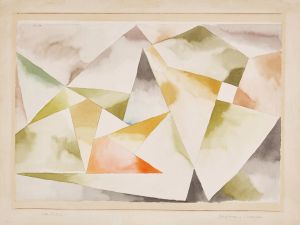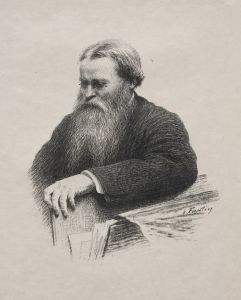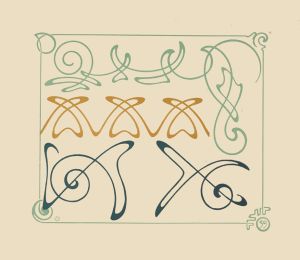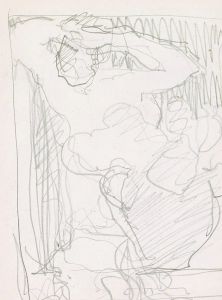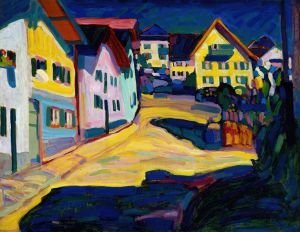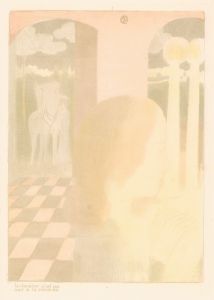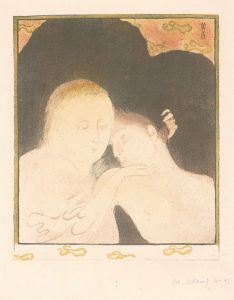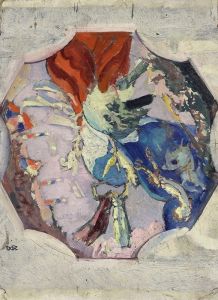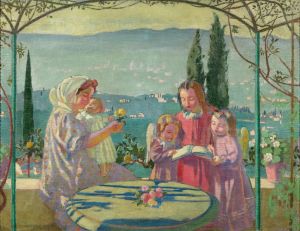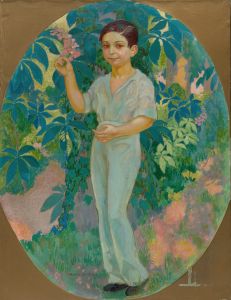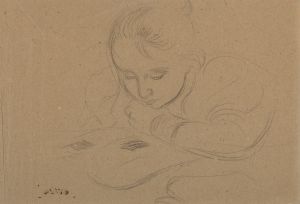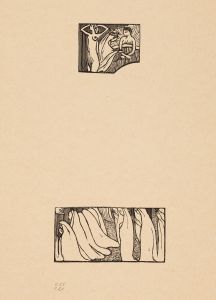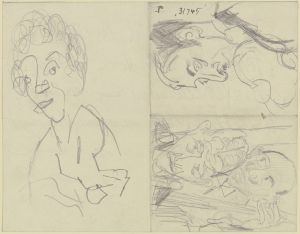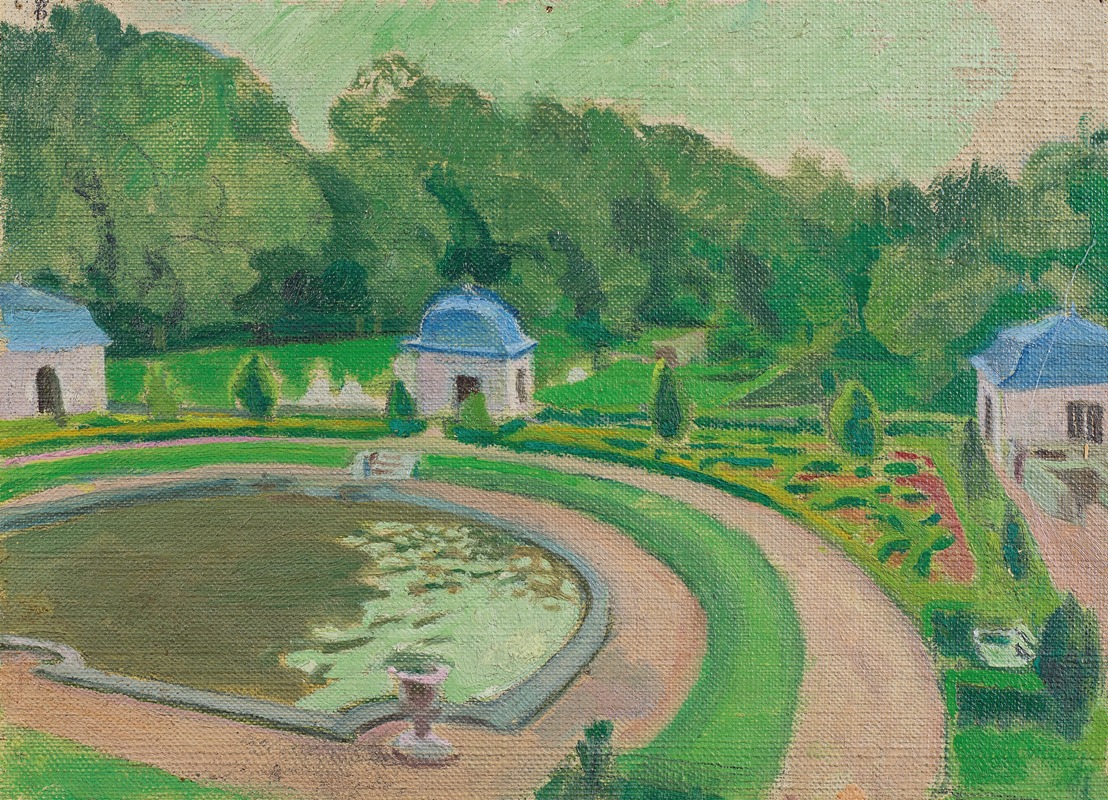
Le Château de Rosanbo, le bassin et les pavillons
A hand-painted replica of Maurice Denis’s masterpiece Le Château de Rosanbo, le bassin et les pavillons, meticulously crafted by professional artists to capture the true essence of the original. Each piece is created with museum-quality canvas and rare mineral pigments, carefully painted by experienced artists with delicate brushstrokes and rich, layered colors to perfectly recreate the texture of the original artwork. Unlike machine-printed reproductions, this hand-painted version brings the painting to life, infused with the artist’s emotions and skill in every stroke. Whether for personal collection or home decoration, it instantly elevates the artistic atmosphere of any space.
Maurice Denis (1870–1943) was a French painter, decorative artist, and writer associated with the Symbolist and Nabi movements. His work often emphasized the spiritual and decorative aspects of art, and he is known for his contributions to modern art theory. One of his notable works is Le Château de Rosanbo, le bassin et les pavillons.
This painting depicts the Château de Rosanbo, a historic castle located in Brittany, France. The château, which dates back to the 14th century, underwent significant renovations in the 18th century and is surrounded by formal gardens and a park. Maurice Denis, who had a deep connection to Brittany and often drew inspiration from its landscapes and architecture, captured the château and its surroundings in this artwork.
The composition of Le Château de Rosanbo, le bassin et les pavillons highlights the château's gardens, specifically focusing on the basin (a water feature) and the pavilions. Denis's characteristic style is evident in the painting, with its emphasis on decorative patterns, harmonious colors, and a flattened perspective. These stylistic choices reflect his belief that a painting should be more than a mere representation of reality; it should also serve as a decorative and spiritual object.
The painting is an example of Denis's ability to blend naturalistic elements with his symbolic and decorative approach. The formal gardens and architectural elements are rendered with clarity, while the overall composition conveys a sense of tranquility and order. This reflects Denis's broader artistic philosophy, which sought to reconcile the spiritual and material worlds through art.
As of now, specific details about the creation date of this painting or its current location are not widely documented. However, it remains an important example of Maurice Denis's work and his connection to the landscapes and cultural heritage of Brittany.





